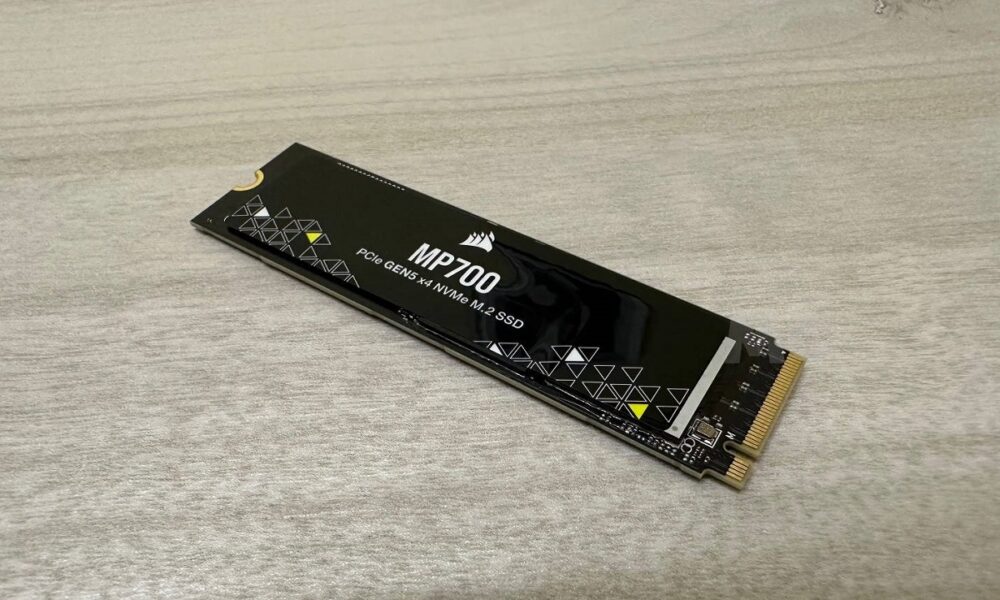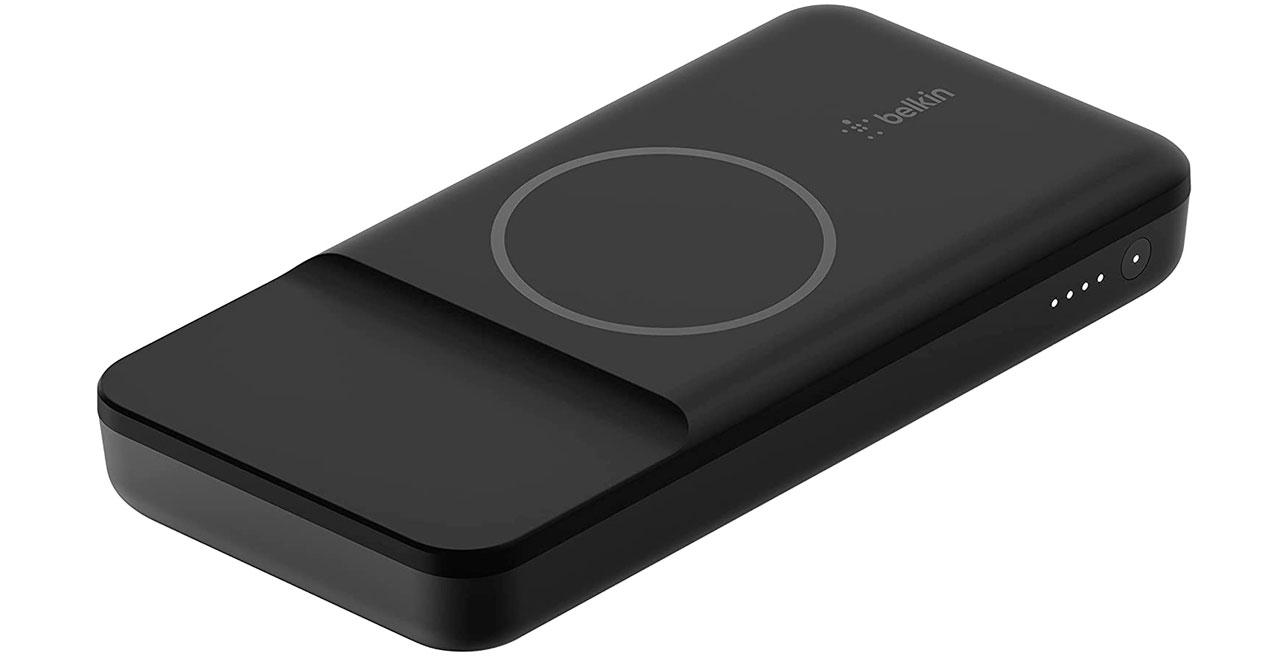
A few days ago we published the analysis of the Corsair MP700, a high-performance SSD unit compatible with the PCIe Gen5 standard that, as we told you in said analysis, comes without the reference cooling system because this is too loud and because it also requires a SATA connector to work.
I also explained to you in said analysis that this storage unit it needs a cooling system to function without problems, that this can be passive and that it is not a problem because all the motherboards that are marketed today come with a radiator in their main M.2 slot, which means that they have a passive dissipation system.
PCIe Gen5 drives are very fast, but they generate more heat and cannot be used without a cooling system. This was no secret, it is something that we already knew since the first units of this type were presented, but the fact is that some media have made a story based on TechPowerUp’s analysis, where they decided to test the Corsair MP700 without any dissipation.
From there, the interpretations that I have seen are more than questionable, especially considering that some come from specialized media. TechPowerUp tested the unit without dissipation to extend its results, and to offer a more complete and show the user what can happen if this SSD is used contrary to the manufacturer’s instructions.
Obviously, this does not mean that PCIe Gen5 drives have problems or need hardware upgrades or revisions. Phison herself was also clear in this regard from minute oneand said that the next generation SSDs compatible with this standard would need additional heatsink, either active, which is what the noisy reference heatsink we all know comes with, or passive, which is what motherboards offer. .
no news by saying that a component that clearly indicates that it needs dissipation it heats up and shuts down for safety, to prevent irreversible damage, when used without such dissipation. However, it is interesting what TechPowerUp has done by daring to show us the consequences that using a PCIe Gen5 SSD without heatsink could have.
I remind you that even with many PCIe Gen4 x4 drives With high performance, we were already seeing very high temperatures, and that it was highly recommended to use them with passive cooling systems in order to get the most out of them.




